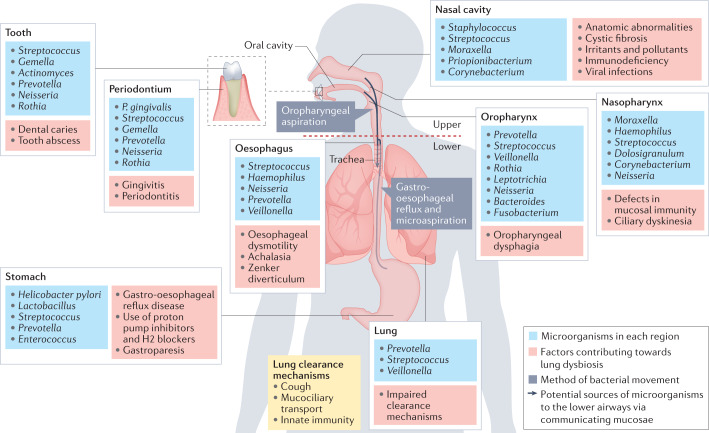Fig. 1. Normal microbiota of the respiratory and proximal gastrointestinal tracts.
The upper respiratory tract, comprised of the nasal cavity, paranasal sinuses, nasopharynx, oropharynx and the supraglottic portion of the larynx, exhibits a relatively high biomass with topographically distinct microbiota within each section. By contrast, the lower respiratory tract, comprised of the infraglottic portion of the larynx, trachea and lungs, exhibits a relatively low biomass consisting mostly of oral commensals. Several factors can contribute to dysbiotic changes along the respiratory tract, as shown in red boxes. Aspiration of oropharyngeal or gastro-oesophageal contents is the predominant means by which bacteria reach the lower airways (arrows). Three major lung clearance mechanisms are coughing, mucociliary transport and the innate immune system.

